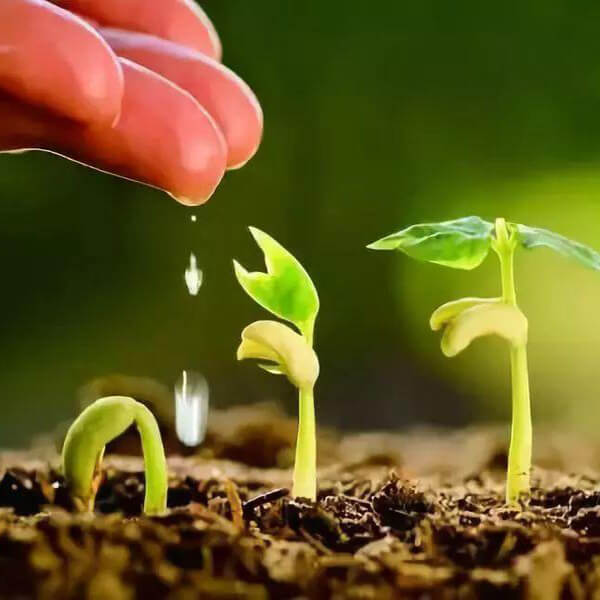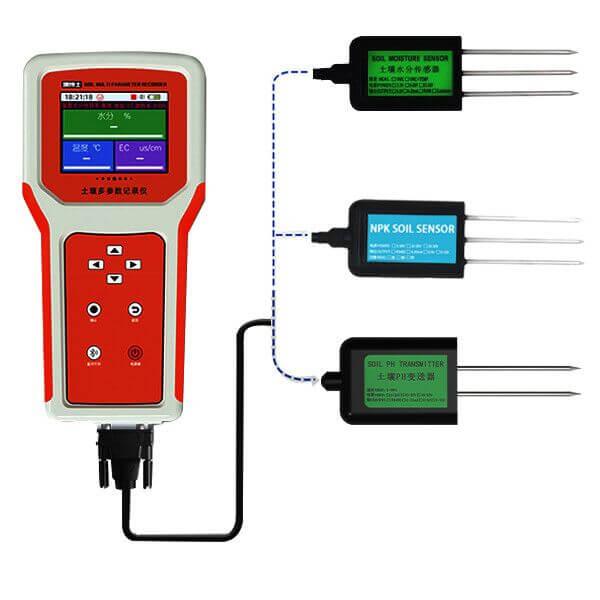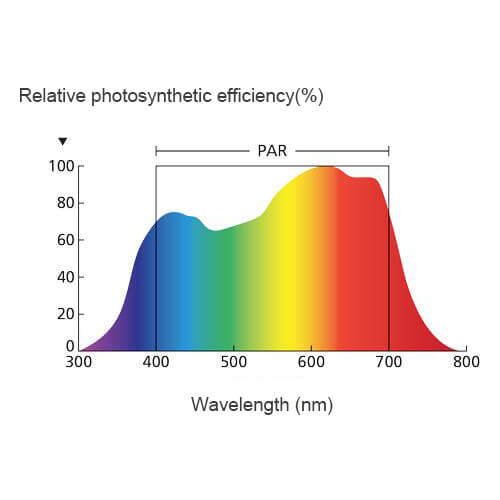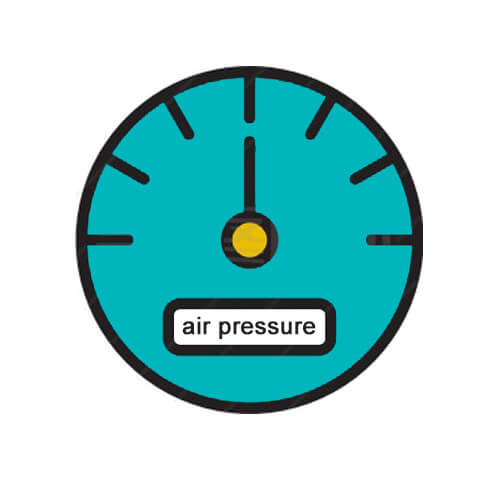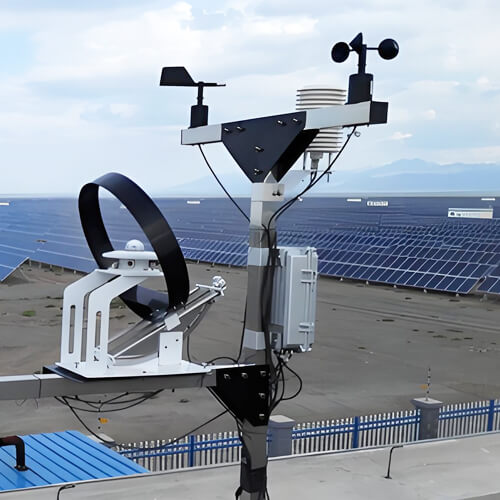Whether it is farmland or a garden, the most important thing for crops to grow and bloom beautifully is soil. Knowing our soil conditions can better help us decide what kind of plants to grow. Treating the soil is important not only for agricultural production but also for successful gardening. Check soil fertility, pH, and humidity levels to guide you in preparing and maintaining garden beds.
There are mainly the following methods to measure soil fertility
Experimental detection method
Sampling soils in different regions, and then measuring the soil nitrogen, phosphorus, potassium, and moisture content through experiments. Generally, a sampling shovel is used to collect multiple soil samples in the same field (specifically, grid dot method, plum blossom dot method, serpentine dot method, random sampling method, etc.), and soil of 1-20 cm can be collected in the tillage layer and loaded separately In a self-sealing plastic bag, bring it back to the laboratory for air drying, grinding, sieving, and then mixing evenly to determine its content. Nitrogen is determined by the Kjeldahl method, phosphorus is determined by the molybdenum antimony colorimetric method, and potassium is determined by flame photometry. And measure the soil moisture content by weighing method.
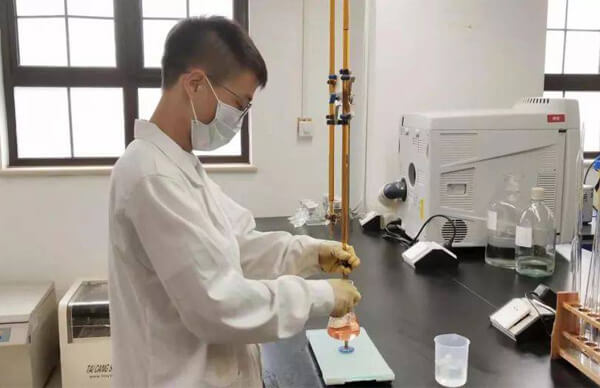
This detection method is usually suitable for researchers. For gardeners, this measurement method is not only time-consuming but also costly. This measurement process is cumbersome. If your garden is large, you need to sample from multiple locations, and you cannot obtain data in real-time. If you need to measure soil fertility frequently, this method is undesirable.
Soil sensor
There are various soil sensors on the market, such as soil moisture sensor, soil NPK sensor, soil pH sensor, and so on. After the sensor is installed, insert the detection end into the soil and log on to the platform to get the reading. This measurement method is simpler and more convenient than the first one, but the current sensor brands in the market are uneven, which will test your professionalism very much. Secondly, this kind of sensor usually measures a single element. Therefore, if you want to fully understand the various parameters of the soil, it means that you have to buy a lot of soil sensors. This will increase your cost, and the measurement process will also become complicated.
In order to solve this problem, our company has launched a new product—soil analyzer. This device is a soil detection device with real-time display and recording functions. Up to four soil sensors can be connected to the bottom, which can simultaneously measure soil temperature, soil moisture, soil conductivity, soil nitrogen, phosphorus and potassium, and soil pH. parameter. It not only reduces the trouble of installing and wiring various soil sensors but also greatly reduces user costs. If you want to know the fertility of that piece of soil, you only need to turn on the soil analyzer and insert the soil sensor probe connected at the bottom into the soil to read the value directly. Our RS-TRREC-N01-1 soil analyzer also has a recording function. You can measure data from multiple locations, and then export the data to the computer for analysis.
Soil nutrient testing equipment
Soil nutrient testing equipment is a device that uses the principle of photoelectric colorimetry to measure soil nutrients. When a certain extractant is used to extract soil, fertilizer, or crop plants, effective nutrients enter the solution, and the nutrients in the solution can react with the specific color developer to generate colored substances to make the solution appear color. The depth of the color of the solution is related to the nutrients. The content is positively correlated and obeys Lambert-Beer law. That is E = K×C×L where E: extinction degree, K: extinction coefficient, C: solution concentration, L: solution thickness.
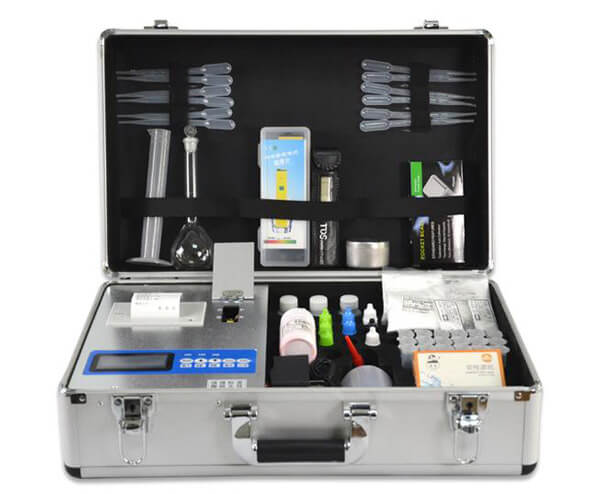
The soil nutrient testing equipment is a portable instrument for quickly testing soil nutrients. However, the accuracy and precision of soil nutrient test results are difficult to guarantee. Secondly, the result of the soil nutrient test is a relative value. It is necessary to have a matching fertilizer field test to establish a recommended fertilization index system. At present, most soil nutrient testing equipment has not yet established a complete recommended fertilization index.
Professional agency testing
At present, there are many professional testing agencies on the market that provide soil fertility testing services. You can provide your soil samples to the testing agencies and pay a certain fee, and then you can get the test results of the soil samples. This detection method is suitable for accurate measurement of soil fertility in a small area and is not suitable for long-term or large-scale soil fertility detection.

